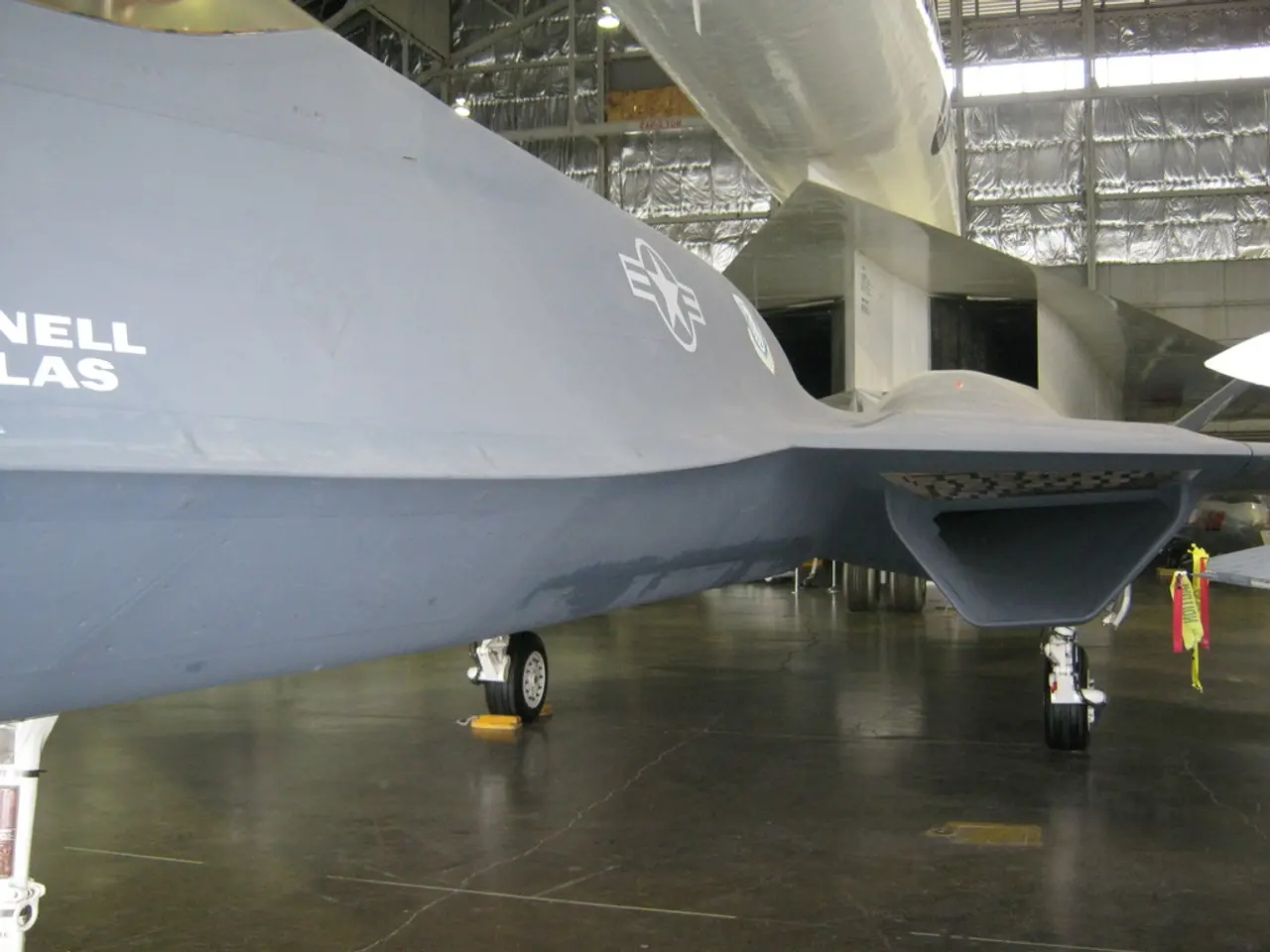Overburdened Air Traffic Controllers and their Exhaustion
In the high-stakes environment of air traffic control, the well-being of air traffic controllers (ATCs) is paramount for maintaining safety and operational effectiveness. Several factors significantly influence the workload and fatigue of ATCs, including working hours, the complexity of their area of responsibility, physical conditions, psychological support, technology use, decision support systems, and vacation/off-time opportunities.
One of the key factors contributing to ATC fatigue is irregular working hours and shift patterns. These disrupt natural circadian rhythms, limit sleep quality, increase physiological sleepiness, and impair alertness, leading to burnout and cognitive decline over time.
The complexity of the airspace overseen by ATCs is another significant factor. Managing mixed traffic types, high traffic volumes, and complex airspace requires controllers to process simultaneous auditory, visual, and procedural information, maintain mental flight path models, and instantaneously solve problems under pressure. This increases mental fatigue and error risk.
Physical conditions of the workplace also play a role in ATC fatigue. Enclosed spaces, poor ergonomics, artificial lighting, minimal natural light, and prolonged immobility exacerbate sensory deprivation and physical strain, worsening burnout susceptibility and fatigue.
Psychological support for ATCs, including debriefing sessions and stress management programs, can help reduce fatigue and improve overall well-being. Emotional suppression during emergencies and limited time to process stressful events increase burnout dimensions like cynicism and reduce professional efficacy, showing the psychological toll of constant high-pressure decision-making.
Technological advancements, such as the use of decision support systems and digital flight plans, can potentially alleviate workload by aiding rapid information processing and conflict detection. However, these technologies also require controllers to adapt constantly to new tools, which can add cognitive strain if poorly designed or implemented.
Vacation and off-time opportunities are essential to allow recovery from chronic fatigue and stress. Insufficient rest times impair the capacity to maintain prolonged vigilance and cognitive function required for safe air traffic control.
Improvements in scheduling, workplace environment, psychological support, and advanced decision aids are critical to managing these stressors. Decision support systems collect and analyse data to inform ATCs about estimated workload hours in advance, while experts in aviation psychology work to support ATCs.
Air traffic control is provided 24 hours a day, 7 days a week globally. To ensure ATCs can take vacations and rest when necessary, financial opportunities should be provided. ATCs work in various units, including aerodrome control towers, approach control units, and field control units.
Technological development has improved air traffic control, making it more accessible through remote tower technology. This could further improve working conditions by making control towers more accessible.
In conclusion, addressing the factors that influence ATC workload and fatigue is crucial for maintaining safety and operational effectiveness in air traffic control. A holistic approach, considering all aspects from working hours to technology use, will ensure ATCs can perform their vital role safely and efficiently.
- Providing financial opportunities for air traffic controllers (ATCs) can help them take regular vacations, ensuring their ongoing mental and physical health-and-wellness, crucial for maintaining safety and operational effectiveness in air traffic control.
- The integration of advancements in technology, such as remote tower technology, can potentially enhance the workplace-wellness of ATCs by making control towers more accessible, reducing physical strain.
- To reduce mental-health issues and combat burnout among ATCs, it's essential to incorporate psychosocial support programs and stress management techniques, in addition to improved technology and scheduling practices, to create a conducive work environment that promotes health-and-wellness.




